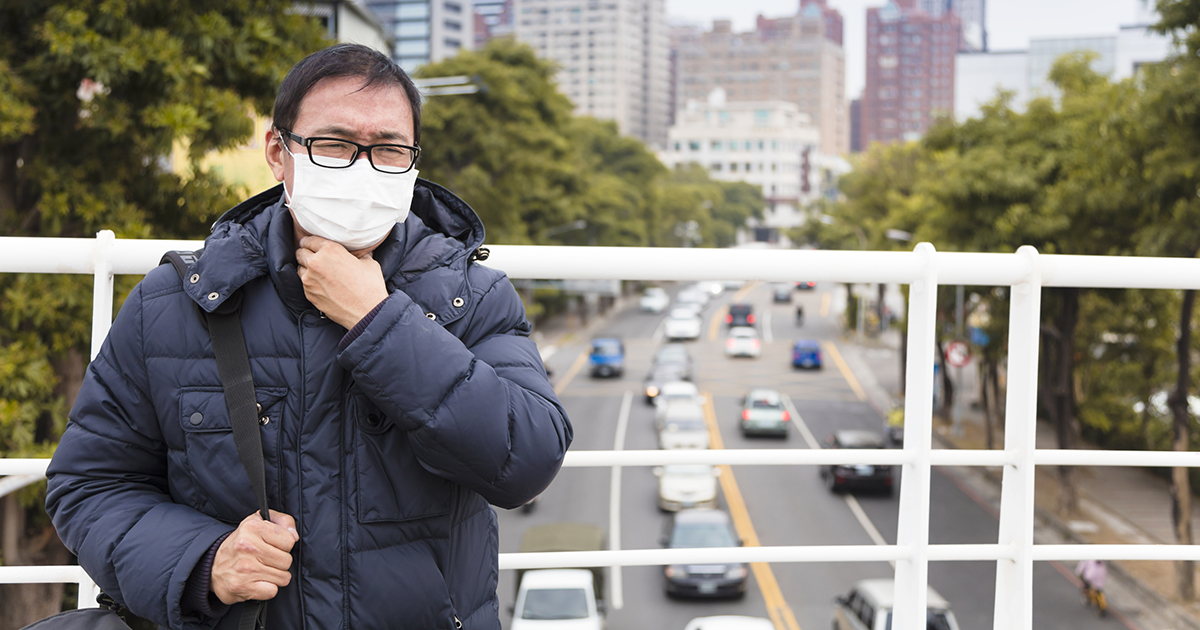Ways To Treat And Prevent Dyspnea
Running out of breath is normal, and it can affect anyone regardless of their age, health, or even level of fitness. Breathlessness, also known as dyspnea, is a natural response by the body when it needs more oxygen and energy to power their muscles. For instance, individuals can get out of breath when they run for a bus in the morning or when they go hiking at high altitudes.
However, some individuals experience dyspnea every day even when they are not engaged in any physical activities. They unexpectedly experience discomfort when breathing, and may feel they have lost control of their breathing. These episodes of long-term breathlessness are referred to as chronic dyspnea, and it may last for weeks, months, and even years. Chronic dyspnea can be caused by illnesses such as pneumonia or asthma, panic attacks, cardiovascular diseases, or any other illness that interferes with an individual's airways. Individuals with chronic dyspnea may experience uncomfortable or painful rapid breathing, the feeling of being suffocated, or even chest tightness. Here are ways to manage and treat dyspnea.
Wear A Mask To Filter Irritants

Shortness of breath is closely linked to environmental irritants and exposure to allergic triggers such as molds, pollen, ragweed, dust mites, and animal dander. Irritants roaming in the air such as chemical fumes, extreme weather, and strong odors can also trigger dyspnea. Individuals with asthma are at the highest risk of experiencing breathlessness. Asthma is a chronic condition that affects an individual's breathing, including the lungs and the bronchial tubes. Most of these substances irritate the lining of the bronchial tubes causing them to narrow, hampering the free exchange of air.
Dyspnea caused by environmental irritants can be minor and unnoticeable, or it can be severe and interfere with daily activities. In some cases, the breathlessness can lead to a life-threatening attack. If air pollution and airborne chemicals are causing breathlessness, patients can wear masks to filter irritants. Keeping the workplace well-ventilated can also help in managing dyspnea.
Learn more about how to treat and prevent cases of dyspnea now.
Consume A Healthy Diet

We all know eating unhealthy foods such as those low in nutrients and high in calories like processed foods and fast foods can cause obesity and weight gain. These foods are usually rich in refined carbohydrates, saturated fat, and sodium, which causes diabetes, cancer, and cardiovascular problems. But eating unhealthy foods can have even more surprising ramifications. Recent studies have shown unhealthy diets can affect the health of an individual's lungs and consuming a healthy diet that includes more fruits and vegetables can help ease an individual's breathing.
Individuals with dyspnea often suffer from inflamed airways that make breathing difficult. The airways become swollen, and the damage may be irreversible. Failure to breath freely can affect daily activities, and it can also be life-threatening. Fortunately, fruits and vegetables are rich in fiber and antioxidants that can fight the inflammation in airways. When choosing fruits and vegetables, individuals should avoid those known to produce excess gas in the body. A healthy diet for the lungs should include plenty of water, whole cereals, fish, complex carbohydrates, and poultry products.
Continue reading for more tips on treating and preventing dyspnea now.
